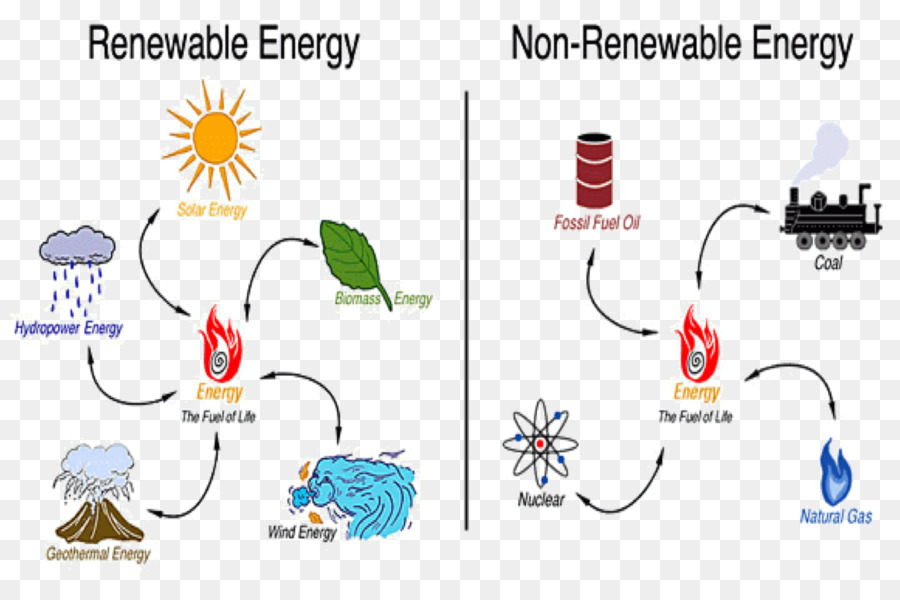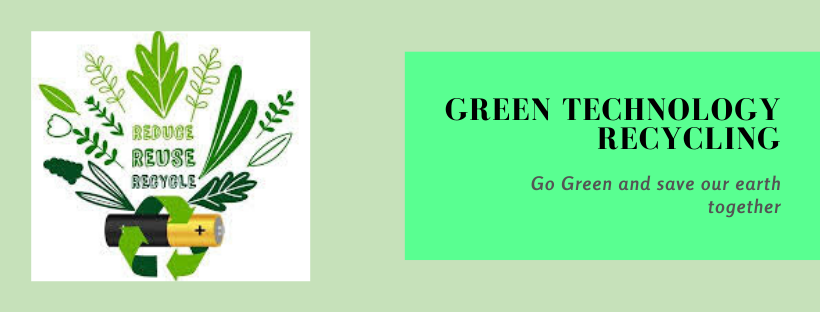Green Technology
Renewable Energy vs. Non-renewable Energy
Mary Bellis (2019)
.jpg)


Welcome to our website.
Renewable energy sources is the assets that are not currently be exploited at adequate levels to replace non-renewable sources. It include hydro, biomass, wind, and geothermal. Some energy industry are dead set against going green, while others see it as both a challenge and an opportunity. The bottom line is that while non-renewable energy resources currently comprise 80%of the world's energy requirements. After a few time, that's simply not going to sustainable. If we hope to maintain life on the earth, emerging green energy technology must be used alongside existing methods to transition from the unsustainable to the sustainable.
The examples of green technology is the solar cell, which directly converts energy from natural light into electrical energy via the process of photovoltaics. Generating electricity from solar energy equates to less consumption of fossil fuels, as well as the reduction of pollution and greenhouse gas emissions. While some detractors argue that solar panels are expensive and unattractive, new inventions may be just around the corner to offset these concerns. Community solar groups, in which renters will share solar panel products, and new spray-on photovoltaic film using perovskites that have the potential to convert regular window glass to solar collectors are just two possibilities on the horizon that show great promise for the future of solar assets.
Non-renewable energy resources means the sustainability in one way or another but most painfully in the ability of the environment to absorb and regenerate the expenses related to their extraction or production. It include nuclear, hydrogen, coal, natural gas and oil.